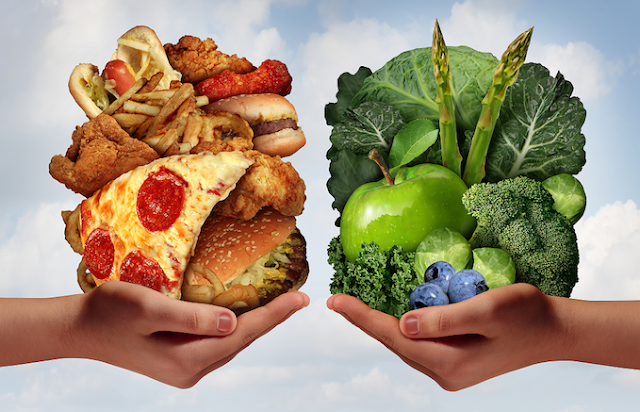In the cutting edge world, the journey for a better way of life is on the ascent, with additional individuals perceiving the significance of sustenance in by and large prosperity. Notwithstanding, one obvious obstacle on this excursion towards better wellbeing is the frequently greater expense related with picking nutritious, healthy food sources over their more liberal, yet less expensive, partners. This conundrum brings up a significant issue: For what reason is quality food oftentimes more costly than unhealthy food?
One of the essential variables adding to the expense inconsistency is the creation and appropriation process. Good food varieties, like new natural products, vegetables, and lean proteins, ordinarily require more assets and careful dealing with all through the inventory network. For example, natural cultivating rehearses, which center around supportability and ecological wellbeing, can be more work escalated and require particular hardware. These elements add to expanded creation costs, at last reflecting in the greater cost labels on quality food things.
On the other hand, the creation of handled and unhealthy food frequently includes mass-scale producing, making it more expense effective. Fixings utilized in these items are frequently sponsored, considering lower creation costs. Also, these items have longer timeframes of realistic usability because of additives, decreasing the gamble of decay and waste, further adding to their reasonableness.
Another huge component is the impact of government strategies and sponsorships. In numerous nations, horticultural endowments will generally lean toward the creation of fixings ordinarily tracked down in handled food varieties, like corn and soy. These sponsorships make it more practical for food producers to integrate these fixings into their items, driving down the general expense. Running against the norm, natural products, vegetables, and other sound choices get relatively less appropriations, making them more costly for the two makers and purchasers.
Showcasing and shopper request likewise assume a vital part in the estimating elements. Low quality food makers frequently benefit from economies of scale, empowering them to showcase their items forcefully and sell in mass. The interest for speedy, advantageous, and delicious choices further intensifies the compass of these items. Going against the norm, the interest for better options may not be as high, restricting their market presence and making them less alluring to mass advertisers.
The openness of undesirable choices contrasted with solid ones is another critical angle. Inexpensive food chains and general stores are common, offering fast and reasonable low quality food choices at each corner. Then again, admittance to new create and natural business sectors might be restricted, particularly in metropolitan regions. The shortage and higher working expenses related with these better outlets add to the raised costs of nutritious food varieties.
In spite of these difficulties, perceiving the drawn out advantages of putting resources into a solid diet is essential. While the forthright expenses might appear to be higher, the possible investment funds on medical care expenses and further developed in general prosperity can offset the quick monetary ramifications. States, people group, and people should cooperate to resolve these foundational issues, advancing approaches that help feasible cultivating rehearses, sponsor nutritious food varieties, and improve the availability of better choices for everybody.
Taking everything into account, the purposes for the greater expense of quality food contrasted with unhealthy food are diverse, incorporating creation processes, government arrangements, advertising procedures, and availability. Understanding these variables is fundamental for encouraging a more fair food framework that advances both individual and cultural prosperity. As customers, pursuing informed decisions and pushing for positive changes in the food business can add to a better and more reasonable future for all.




.jpg)

.jfif)

.jfif)
.jfif)

No comments: